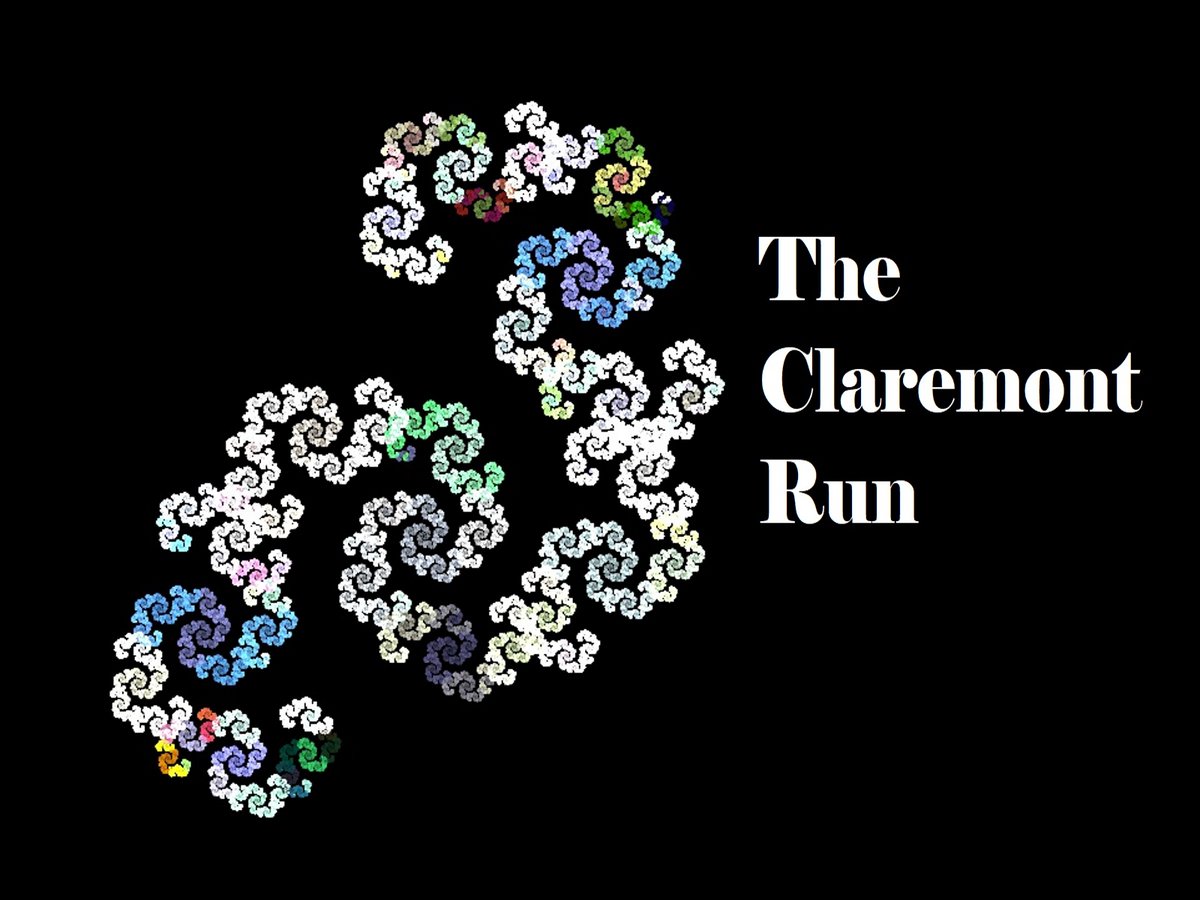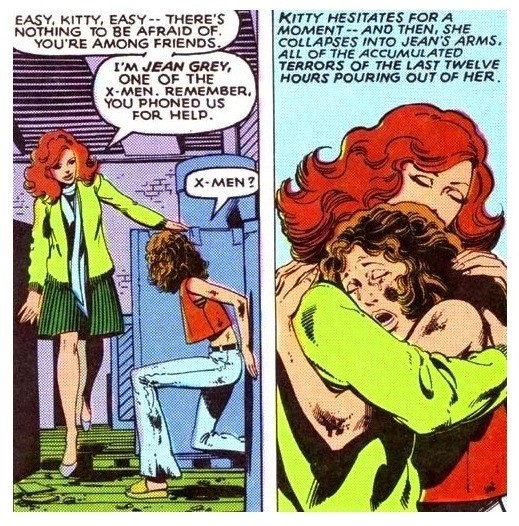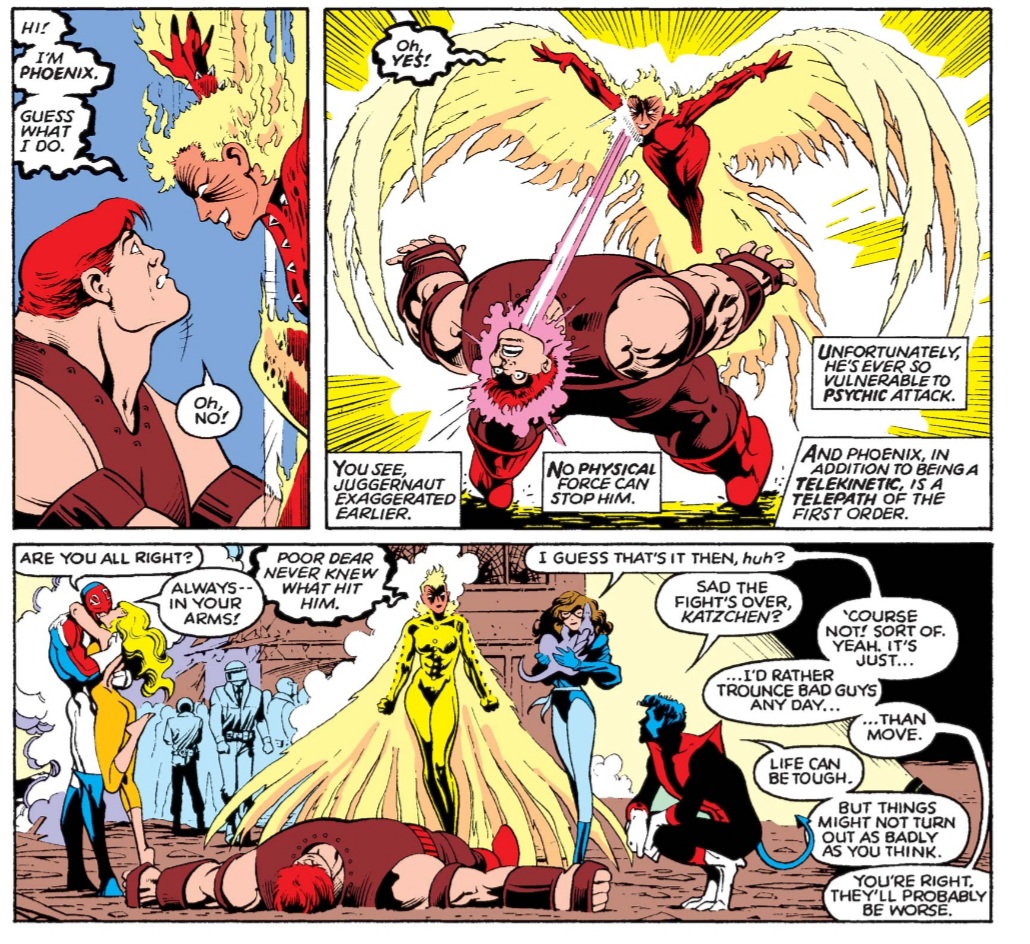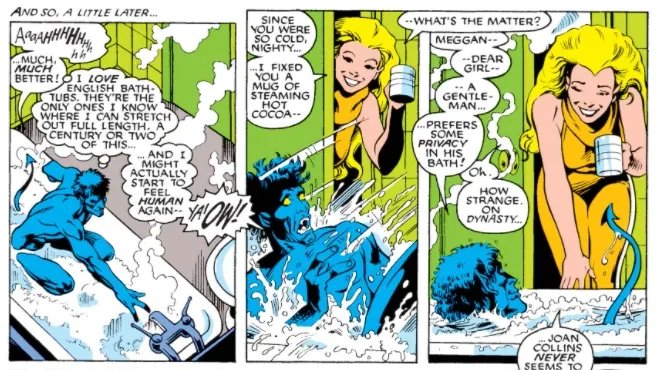
While the academy essentially lost touch with Claremont’s work for a period of about a decade, a wide-ranging (and sometimes networked) community of fan-scholars kept the study of Claremont’s work alive and thriving, thus showcasing the value of blended scholarship. #xmen 1/7 
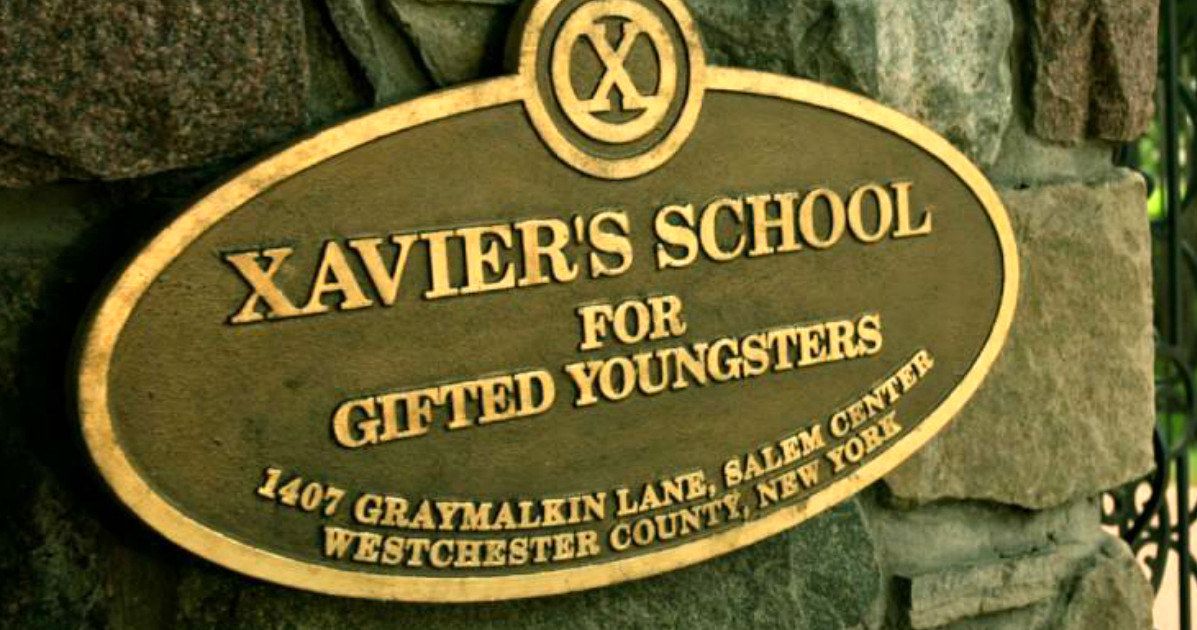
The term “fan-scholar” was first defined by Media Professor Matt Hills in 2002 as “a fan who uses academic methodology and theories in work produced for fandom.” This can include interpretive/analytical work, as well as archival projects. 2/7 
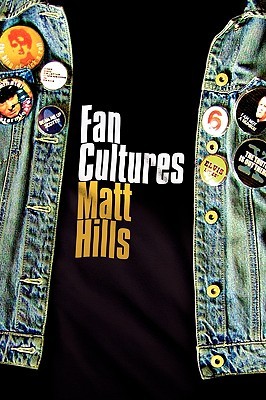
As North American comics scholarship took shape in the 1990s, Claremont’s work was very much in the conversation, appearing prominently in key works by traditional scholars such as Richard Reynolds, Roger Sabin and others. 3/7 


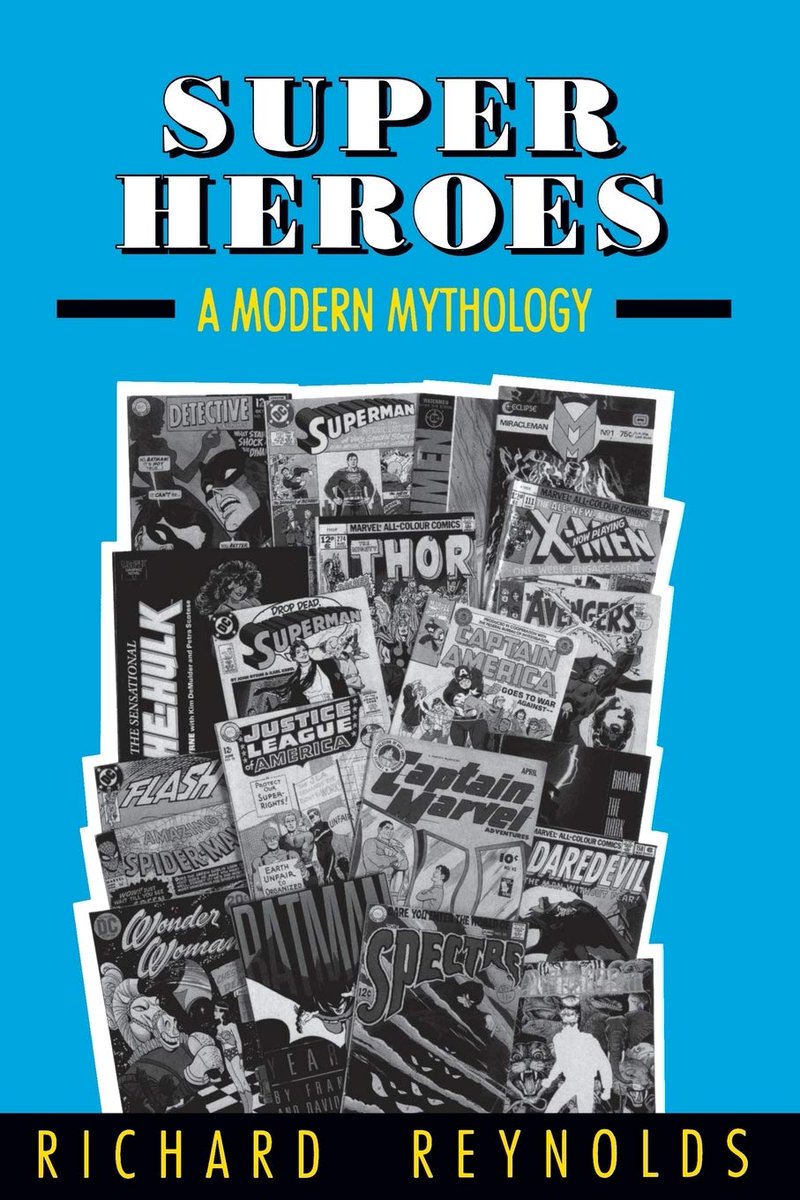
But in the 2000s, as the comics-as-literature movement really took hold, Claremont’s work was referenced less and less in favour of the works of Spiegelman, Miller, Moore (the so-called “class of 86”) and (sometimes) Gaiman. A resurgence then occurred in the 2010s. 4/7 

Fan-scholars, however, never stopped working on Claremont, and though their work was done largely outside of any academic system, it would often find itself subjected to important quality controls such as editorial curation and even forms of peer-review, informally. 5/7 



Claremont studies is thus another excellent example of the need to broaden our definition of scholarship and to conscientiously remove the gate-keeping barriers that prevent the integration of fan communities and traditional scholars into a symbiotic relationship. 6/7 

This would allow for a collective intelligence that is capable of leveraging the different attributes, abilities and resources of a wide variety of readers – academic and non. In this sense, Claremont studies, as a field, is actually ahead of the curve as a scholarly subject. 7/7 

• • •
Missing some Tweet in this thread? You can try to
force a refresh


